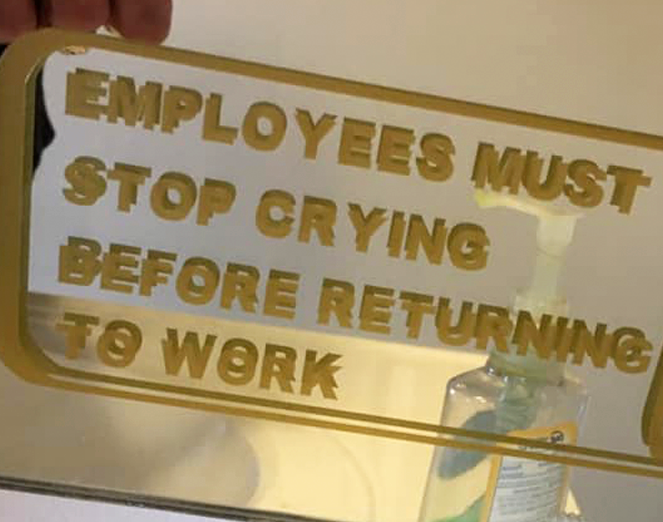… When most of us build or buy a home, we carefully appraise the neighborhood. In Malibu the neighborhood is fire. Fire that revisits the coastal mountains several times a decade. In the past sixty years, ten of these frequent events have turned into all-consuming firestorms. The latest conflagration, the Woolsey Fire, has incinerated 1,500 homes and killed at least three people. It started in dry grasslands just south of Simi Valley, the site of the notorious trial of Rodney King’s assailants, then crossed a freeway to ignite dense coastal sage vegetation on the northern flank of the Santa Monica Mountains. The range’s deep canyons, perfectly aligned with the seasonal Santa Ana Winds, once again as bellows, accelerating the fire’s rush to the coast where it burned beach homes. The large number of residences lost attests not only to the ferocity of the conflagration but also to the amount of new construction since the 1993 firestorm.
Why more mansions in the fire-loving hills? Because of a perverse fact: after every major California blaze, homeowners and their representatives take shelter in the belief that if wildfire can’t be prevented, nonetheless, its destructiveness can be tamed. Thus the recently incorporated City of Malibu and the County of Los Angeles responded to the 1993 disaster with aggressive regulations about brush clearance and fire-resistant roof materials. Creating ‘defensible space’ became the new mantra, and it was soon echoed across California in the aftermath of other great fires, such as those that swept San Diego County in 2003 and 2007, burning 4,500 homes and killing 30 people. So instead of a long-overdue debate about the wisdom of rebuilding and the need to prevent further construction in areas of extreme natural fire danger, public attention was diverted into a discussion of the best methods for clearing vegetation (rototillers or goats?) and making homes fire-resistant. And if edge suburbs and backcountry subdivisions, in fact, could be fire-proofed, then why not add more? Since 1993. almost half of California’s new homes have been built in fire hazard areas. Yet, as a contemporary Galileo might say of defensible space, ‘still it burns.’ In the last eighteen months 20,000 homes and perhaps a 1,000 lives have been lost in one super-fire after another.
Such fires are both old and new. Two different causalities are involved. First vegetation and topography, annually orchestrated by our dry hurricanes, define persistent fire patterns and frequencies. Without human intervention, however, lots of small fires ignited by late summer lightning create an intricate patchwork of vegetation of different ages and combustibility. The one-hundred-thousand-acre firestorms that we now experience annually did occur occasionally in the aftermath of epic droughts, but in a ‘natural’ fire regime they were rare. Fire prevention in the twentieth century, however, nurtured large areas of chaparral and forest into old age, creating perfect conditions for great fires. But as long as so many California towns were surrounded by citrus groves and agricultural land, fire even in its new, larger incarnation was usually stopped before it encountered housing. Today our horticultural firebreaks are gone, strawberry fields are now aging suburbs, and the quest for beach fronts, mountain view lots and big trees has created fire hazards that were once unimaginable.
Climate change, meanwhile, is coming to California in the form of drought and extreme summer heat, along with episodes of record torrential rain. Although scientists debate whether or not median annual precipitation averaged over decades will actually decline, more of it will fall as rain not as snow, a serious concern given that our water system depends on the Sierra snowpack to store and modulate the release of the water that irrigates cities and agribusiness. Moreover, rainfall is no longer an accurate predictor of fire risk. The winter of 2016-17 was the wettest in the history of Northern California, and spring brought the most glorious wildflower display in generations. But July was torrid and coastal temperatures, usually in the 70s, broke 100°F for a week. The greenery of spring was punctually baked into a bumper crop of brown fire-starter. When the winds began to blow in October, first Santa Rosa, north of San Francisco, and then Montecito, just south of Santa Barbara, caught fire. Three thousand homes were lost and several dozen people, mostly elderly and unaware of the approaching menace, died. But nature in California saves one last act and when the heavens opened up on Montecito’s bare burnt hills in January another 25 people disappeared in the fast-moving debris flows. This same encore awaits Malibu and the Sierra foothills over the next few months…


